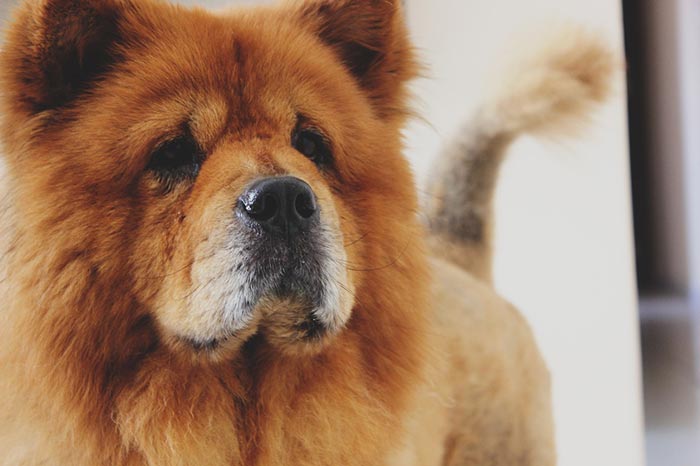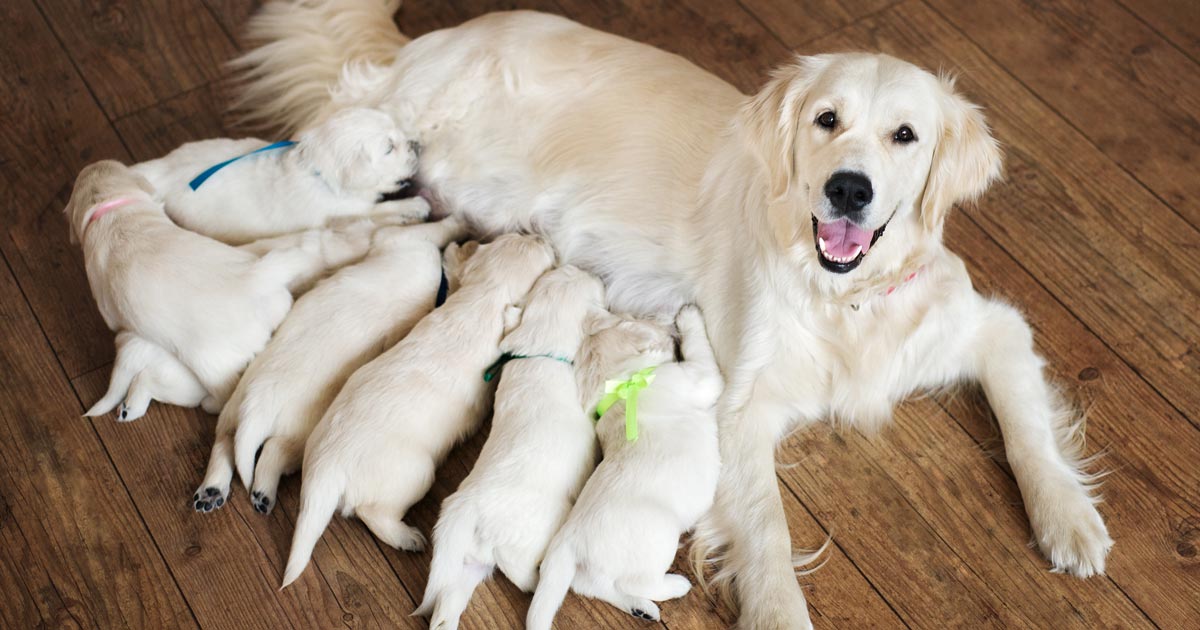Breeders (of any species) can be some of the most challenging clients you’ll come across as a vet, and every year Crufts reminds us why. A lot of tension always ensues as interpretations of The Kennel Club’s breed standards often contrast with the opinions of vets.
Despite a well-rounded veterinary education and some excellent EMS practices with a wide variety of clientele, as a new grad, I still feel a bit intimidated by breeders.
True definition
The word “breeder” can often conjure an image of a jumped-up, know-it-all with the attitude of “I’ve bred these dogs my entire life, who are you to start telling me what to do?”
But I’m not just referring to those determined to wage war on vets – I refer to breeders in the simplest sense of the word; the Oxford definition:
Breeder › noun: a person who breeds animals or plants.
I have never bred any animal, never mind a particular breed of dog with specific needs. So many different breeds exist, and I still wouldn’t recognise some of the obscure ones, let alone know the ins and outs of their breed-specific rearing and nutrition needs.
I claim to be more of a cat person – more specifically, a moggie person – and still I know very little about the various “posh breeds” (aside from owning an accidental colourpoint moggie, resulting from an intruding tom on the farm, which I can only assume was something like a Birman).
How chow?

So, when a breeder comes into the consult room, I feel like I’m already starting on the back foot because I was expecting a Pomeranian-sized dog and am presented with a woolly beast – in this case, a chow chow.
I had never seen one before, but did recall from vet school that it’s the only dog for which having a blue tongue is entirely normal.
When an offhand comment is made, such as “you know how chows are with their legs”, I agree, masking my ignorance and making a mental note to later look up what orthopaedic problems are common in the breed.
I fudge the kennel cough vaccine – my credibility going from almost zero to well below – and, whether the breeder notices, I feel like a complete moron.
This was in no way the most horrific of consults and, in fairness, I think outwardly it was handled well – I just felt like an idiot for not realising how big the breed was.
Crufts complaint
However, even those of us unfamiliar with certain breeds are aware of the medical problems and associated statistics for brachycephalics.
Rather naively, I had a spontaneous outing to Crufts with my (non-vet) other half. We had a great day watching the heelwork, agility and flyball until outcry on one of the veterinary Facebook groups related to one of the breed stands. We’d already wandered around those stands, but had avoided the brachycephalic ones for two reason:
- we both much prefer gun dog types
- sadly, but rather unsurprisingly, the brachycephalic stands were absolutely packed with people trying to glimpse or pet these “cute” canines
The stand in question was allegedly displaying a sign inferring that the main cause for caesarean sections in the breed was lack of out-of-hours veterinary care. Justifiably, the veterinary community was outraged by this and called for any vets at the show to talk to the stand holder in question.
Not only was the statement blatantly untrue, it also implied vets are not providing adequate OOH care.
Fallacious reasoning
We made our way to said stand, mostly out of curiosity as to whether the sign remained in place. It was indeed there and, hoping it was just badly worded, we enquired, politely, what was meant by lack of OOH care.
The breeder on the stand wholeheartedly believed some areas of the country had no OOH care provided over weekends, therefore vets were pressuring clients to opt for planned caesareans to avoid the risk of needing one as an emergency.
We pointed out all practices have to either provide their own OOH care or outsource to a dedicated OOH provider, and queried where the data for the claim on the sign had come from. The breeder couldn’t give a definitive answer and directed us to another stand to find out, which, incidentally, did not come to anything.
I felt drained by the absolute conviction with which they were supporting the entirely incorrect statement.
Uphill battle

By the end of the day, a number of vets had questioned the sign, and by the final day of the show, the sign had been replaced with a similar, but better worded, version, stating the most common cause for caesareans was owners preferring to go to their normal vet in working hours and not wanting to visit a different vet in an emergency scenario.
A small victory – unfortunately a little late on in the show, but a victory nonetheless.
But why does it always have to feel like an uphill battle whenever we encounter breeders? When they are lovely, I feel like I don’t know enough, and when they are strong-willed and believe in something absurdly wrong, it’s utterly exasperating.
We can only endeavour to educate our clients on the matters we are knowledgeable about, and hope, gradually, we can change the attitude and relationship between breeders and vets.
Learning how to cope with breeders in the short term, however, will come with experience, so for now, I’ll keep working on the poker face.

Leave a Reply